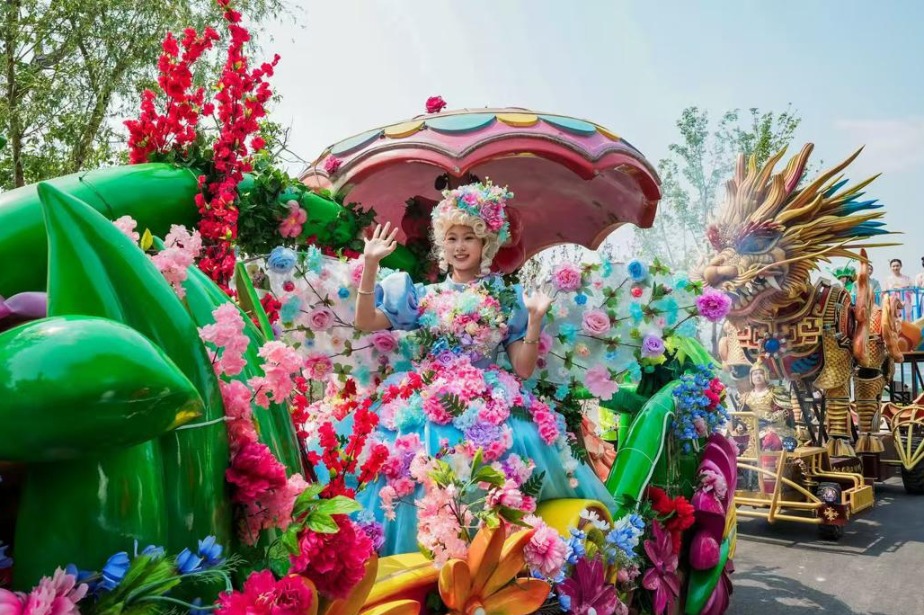Mushroom poisoning patients second highest in 6 years

The number of mushroom poisoning incidents and patients in 2024 was the second highest in six years, though deaths were at a six-year low, according to a recent study published in China CDC Weekly.
Last year, the Chinese Center for Disease Control and Prevention (CDC) investigated 599 mushroom-poisoning events across 28 provincial-level administrative regions. These incidents involved 1,486 patients and resulted in 13 deaths, for a case fatality rate of 0.87 percent.
The study, authored by toxicology experts including Li Haijiao and Sun Chengye, found that many patients became ill after consuming poisonous mushrooms bought at markets, eating dried mushrooms, or even tasting raw specimens.
Although cases occurred year round, poisoning peaked between June and October. The first fatality happened on May 2 in Chongqing, and August had the most deaths, with four people dead.
Regionally, Sichuan, Yunnan, Hunan, Guizhou and Chongqing were the hardest hit. The four southwestern regions of Sichuan, Yunnan, Guizhou and Chongqing alone accounted for 321 incidents, 882 patients and nine deaths, which is more than half of the national total for 2024.
Investigators identified 110 toxic mushroom species among this year's cases, 84 of which were already documented. By the end of 2024, about 246 mushroom species had been linked to poisoning incidents in China.
The most commonly encountered species was the Green-spored Parasol (Chlorophyllum molybdites) which appeared in 147 incidents, affecting 269 patients.
Clinically, acute liver failure and rhabdomyolysis were the most lethal clinical presentations. Most patients, however, experienced gastroenteritis or neuropsychiatric symptoms and made full recoveries.
Mushroom poisoning remains a major food-safety challenge in China. Over the past decade, the country has built a rapid-response system that brings together government agencies, clinicians, CDC specialists and mycologists.
When an outbreak occurs, CDC teams and hospital staff quickly collect mushroom specimens, photographs and biological samples for analysis. Mycologists identify the species, while CDC laboratories and clinical labs assay toxins.
Patients receive timely, accurate diagnoses and treatment by integrating species identification, toxin profiling and clinical presentation.
The article calls for even closer collaboration among CDC experts, physicians, and mycologists. It also recommends creating diverse, accessible educational materials on poisonous mushrooms and launching broad public education campaigns to raise awareness of safe foraging practices and reduce poisoning cases.
- Mushroom poisoning patients second highest in 6 years
- Green mining trucks cut emissions in Inner Mongolia
- China Coast Guard rescues Korean fishing vessel
- Critical thinking emphasized amidst 'AI dependence'
- Xi congratulates president of Togo on assuming office
- China ready to strengthen military-to-military relations with Russia: spokesperson





































